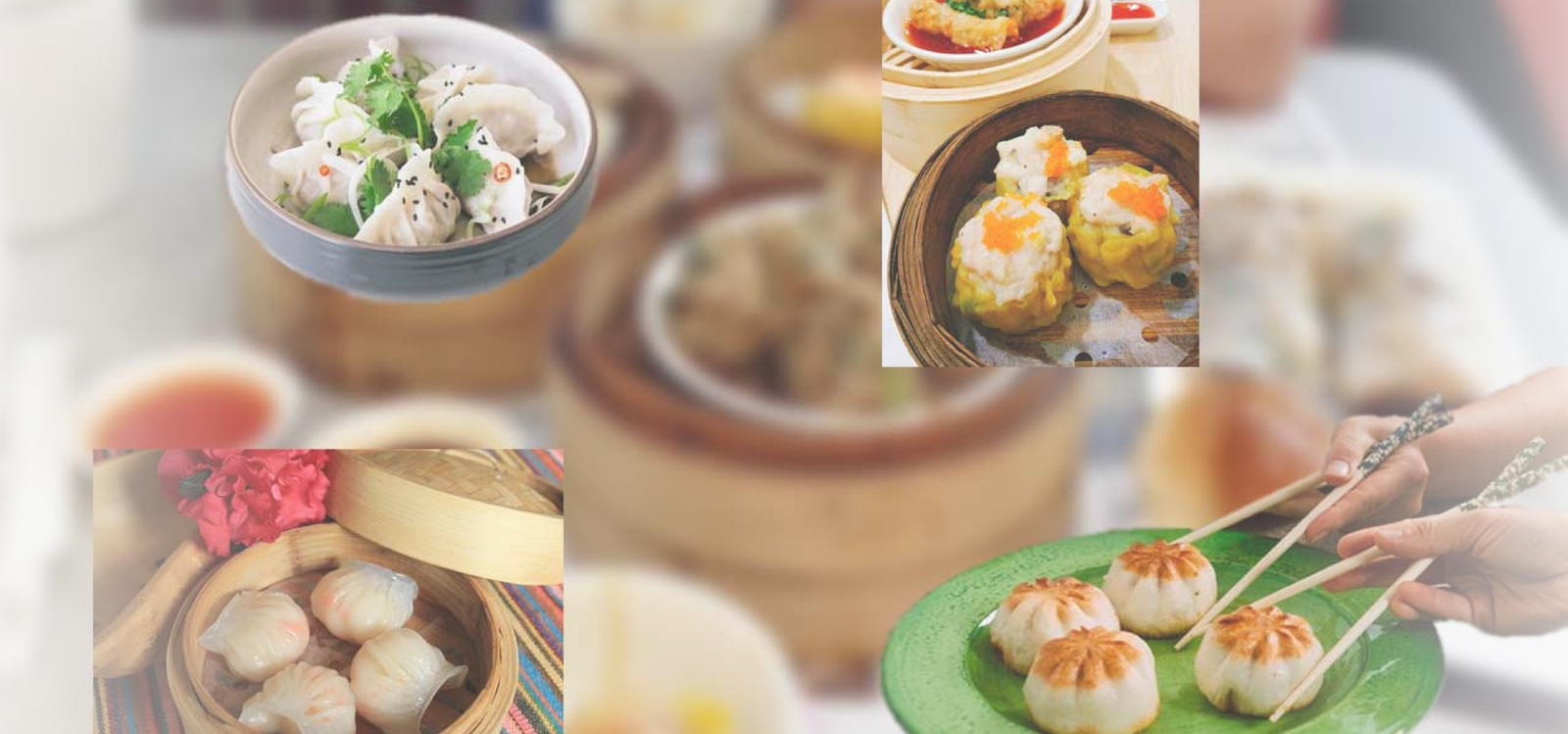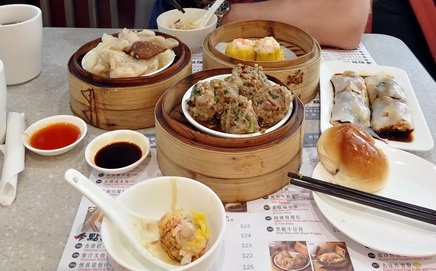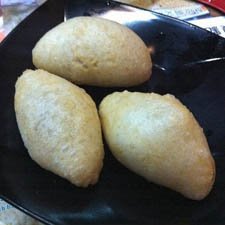Siu mai – Har Gow – Spring rolls – Steamed buns/bao – Beef balls – Pork ribs – Pan fried turnip/taro – Rice rolls – Xiaolong bao/Shen jian bao – Jiaozi/Goutie – Hom sui gok – Tofu skin rolls – Chiu chow/teochew dumplings – Lo mai gai – Stomach lining – Jian dui – Malaysian cake and tofu pudding – Mango-pomelo desset – Water chestnut cake
E
veryone knows dim sum, but here in Hong Kong, you can get a headache because of them. There are so many types of it and all the names seem strange. We would like to present you with this handy guide of the most typical dishes you can order. They are presented with a photo, a short description, and a Chinese name – if you happen to be in a place with no menu in English and only the confusing characters.
Dim sum is an Asiatic tradition of serving small dishes. It started in the yum cha places (tea shops), where they were accompanying the tea. Therefore some people still say “let’s go for yum cha” instead of dim sum.
The love for small dishes grew rapidly. Today you can get over 500 kinds of dim sum. The number still grows since every chef invents something of his own.
It is impossible to describe all of them, but it is possible to give you a list of the most common ones. This article will also introduce you to the culture surrounding the dim sum eating.
First – find your place
The city can serve you dim sum anywhere, but there are some notable places. Different internet rankings will give you all the reasons why to go to this or that specific restaurant. We were advised, by the local, Cantonese friends, to go to One Dim Sum in Mong Kok – and this is the place where most photos come from. However, if you need to look somewhere – try openrice, sassyhongkong, and time out webpages.
Visiting small restaurants in Hong Kong – especially those dedicated solely to dim sum can be a funny experience. The menu is the first challenge. Foreigners strive for something in English or with pictures. Thankfully, they can usually get both, so do not let Chinese characters scare you away.
Then – make a decision
As you decide what to eat look for some kind of form (see the picture). It should be presented to you or placed on the table. These are the order forms. Instead of talking to the waiter, you take your time deciding which dish you want to get. You then place the quantity in a bracket next to the name of the dish and that is it (you don’t have to write the numbers in Chinese, normal numbers are ok). Then you give this sheet to the waiter and wait.
In the meantime, you get all the cutlery and chopsticks, and your tea mug is filled. If you have an additional bowl on a table, it is for washing everything in your tea. It is replaced every time you run out of it so don’t worry. Washing cutlery comes from older times when it was advised to do so for hygienic reasons. Now, people are just used to it. Before, even the plate was washed, but now everyone just takes care of the chopsticks and spoons. No need to be so formal.
Dishes arrive one by one; in the order, they are finished in the kitchen. You can wait for everything, or eat slowly, awaiting the surprises to come. We went for a few dim sum even though we knew it will probably be too much since there were only two of us. We ate everything and went for a long, long walk back home. It was difficult but totally worth it.
What are the delicacies you can choose from? Below I present a picture guidebook. Starting from the must-try dim sums.
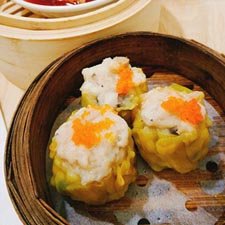
Siu mai
燒賣
This is a treat that comes in this characteristic yellow wrapping. It can be the pork or fish meat inside with some additional topping like caviar. Be sure to try it at least once, in any way it is served – either in a restaurant or as fast food (personally, I love it at my ferry station, steamed, just with some soy and chili sauce).

Har gow
蝦餃
The shape of this shrimp dumpling brings the image of a shell. The skin of the dumpling is almost transparent, and you can see the pink deliciousness inside. The dough is always the accompaniment to the filling, so it is very important for it not to be too thick. Try it with chili oil for an additional kick.

Spring rolls
春卷
Among all the crispy dim sum, this is by far the best one. Doesn’t matter whether it is the vegetarian or meat version. You must try them.

Steamed buns/bao
包
They are wonderful wherever you are. Contrary to the golden buns, the steamed ones are white and soft. It is such a novel experience that it may be the love from the first bite. They come in many flavors – the BBQ pork bun 叉燒包 is a popular, meaty, salty-sweet version. The custard one is the bun filled with yellow, sweet nectar – more of a dessert, but easy to get addicted to.
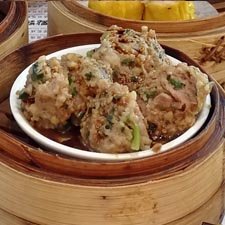
Beef balls served on bean curd sheets
山竹牛肉丸
This is a double delicacy since you can eat the sheet that is soaked in the sauce it is under the meatballs). The balls of various kinds are a signature dish in Hong Kong, and the steamed beef ones are a treat that must be ordered.
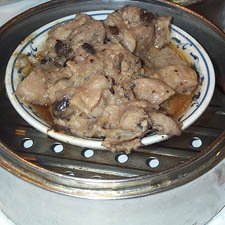
Steamed pork ribs
排骨
Those who love ribs will be in heaven. Contrary to the European variations they are not grilled. But they are equally tender. See if you like the way the Cantonese people make it.
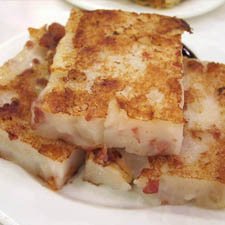
Pan fried turnip
蘿蔔糕
or taro cakes
芋頭糕
You cannot leave Hong Kong without trying those. They usually come steamed or fried. It is this strange way people prepare vegetables… But I have always loved vegetables of any kind, as long as I didn’t have to make them myself… why not try it, if you agree.

Rice rolls
春卷
Imagine a spring roll that is steamed. The dough stays white and the shape looks strange. If only it didn’t smell so good, you would have been inclined to pass on it. But then you see what is inside, you have the idea for the sauce already in your mind, and you just cannot help yourself. So don’t even try. The filling depends on imagination – meat, vegetables, or a mix of both. It can come with the Chinese fried dumpling inside – which is intriguing in taste.
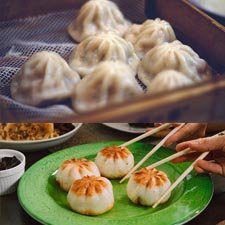
Xiaolong bao and Shen jian bao (aka steamed and fried)
小笼包
These are the code names for dumplings that are filled with a sip of soup inside. No surprise there – the direct translation means – soup dumplings! You need to be careful, since the broth tends to be boiling inside, but it is worth it (just bite a bit and sip the liquid gently). The filling varies, but the traditional one is pork mixed with shrimps. They can be steamed or fried – both versions are unique.
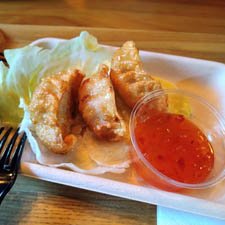
Jiaozi/Goutie aka potstickers
鍋貼
Think dumplings… any kind of filling inside, although Hong Kongers are very fond of pork/shrimp mixed with one vegetable (cabbage or scallions being the most loved). They can be steamed, fried, grilled, added to a soup – whatever! Add some chili oil, vinegar-garlic sauce, or soy sauce… you will keep eating them for your whole stay.
Glutionous rice dumplings with pork/hom sui gok
咸水角
Chewy-crispy rice cake hides savory filling inside. These dumplings are deep-fried and very hot inside, so be careful. They also fill you up quickly – be sure to order it when you are hungry.

Bean curd sheet rolls/Tofu skin rolls
腐皮捲
It is actually the same thing. The bean curd is a thin film that is created during the process of making tofu. It is removed, dried, and reused. Think of it as a wrap to hide meat or vegetable filling inside. The whole thing is delicious and works perfectly with some garlic-ginger or oyster sauces.
Chiu chow/teochew dumplings
潮州
These are the dumplings that always have translucent skin. There is some addition of corn starch in it, which makes them extra crispy if they are deep-fried. The filling is often a mix of vegetables and fruit (seasonal, fresh ingredients) – strange, but goes well with other dishes. They may be a bit blunt in taste, so it is good to mix them with some sauces.
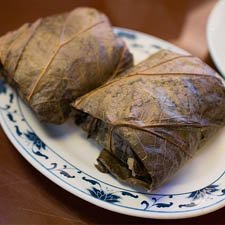
Lo mai gai
糯米雞
A portion of rice, with various ingredients inside, is wrapped in a lotus leaf and steamed. Everything comes together creating something the locals call glutinous rice. There is a distinct taste of the leaf inside (leaf is edible, although you don’t have to). The restaurant version is small, flat, and rectangular in shape, but you can get a special version for some festivals (e.g. Dragon Boat Festival).
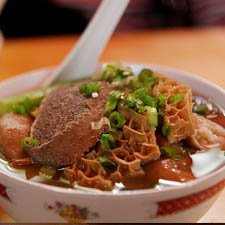
Stomach lining/tripe
牛雜
We are accustomed to eating liver right? But in China, nothing can go to waste. Animal organs and intestines are prepared in various ways here. They are quite tasty, so grab your chance to try them, when they are prepared by a professional. Dim sum places like to prepare the stomach lining. The animal (usually beef) stomach is a muscle – and we do like to eat those… try it with some sauce to spice it.
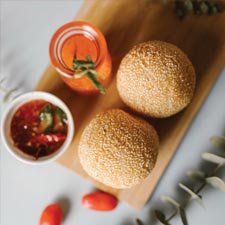
Sesame balls/Jian dui
煎堆
The sweetness comes in many forms and this is one of the local tastes. Small balls covered in sesame seed are both beautiful and tasty. There is a filling inside – lotus seed, black bean, red bean pastes.

Malaysian cake
馬拉糕
and tofu pudding
豆花
The steamed sponge cake cannot be bad. It is made with brown sugar, is tasty, and is a perfect way to end the dim sum feast. Another classic is the tofu pudding – in this version tofu tastes like a creamy cloud. Add some sweet sauce to make it even better.
Mango-pomelo dessert
楊枝甘露
Or maybe you prefer some fruit. Mango-pomelo-sago dessert is fresh, juicy, and delicious. Mango seems to be the keyword in China. Everyone loves desserts made out of it. If you can – try some mango rice rolls from One Dim Sum – the one in my favorite restaurant contain some custard spread and coconut sprinkles. I can never have enough of them.

Water chestnut cake
马蹄糕
This may be of some interest to you. It is soooo different. Even the looks of the transparent block make you wonder (it is like a jelly made with agar). Local chestnuts are sweet and crispy and some flour is also put into the mix. The cake is warm or cold, good – any time of the year.
Some customs
- Observe the others – everything they do is ok, so act accordingly and don’t worry
- Do not stick your chopsticks, standing, into the rice – it is bad luck
- When you put the chopsticks down, make sure they do not point into your companions (bad luck as well)
- Do not gesticulate with the chopsticks in your hand (just in case)
- Don’t worry about the mess – it is normal while eating dum sum
- Make sure you have some cash. Some places do not accept cards – One Dim Sum is one of them
- Make reservations, especially if you want to eat between noon and 3 pm during weekdays or 1-4 pm during weekends. There is no guarantee there will be a place for you, so you may have to search for another one. Hong Kong is a 7 mln city after all.
- There usually is the service table charge included – about 10%. But you can leave a tip if you wish

